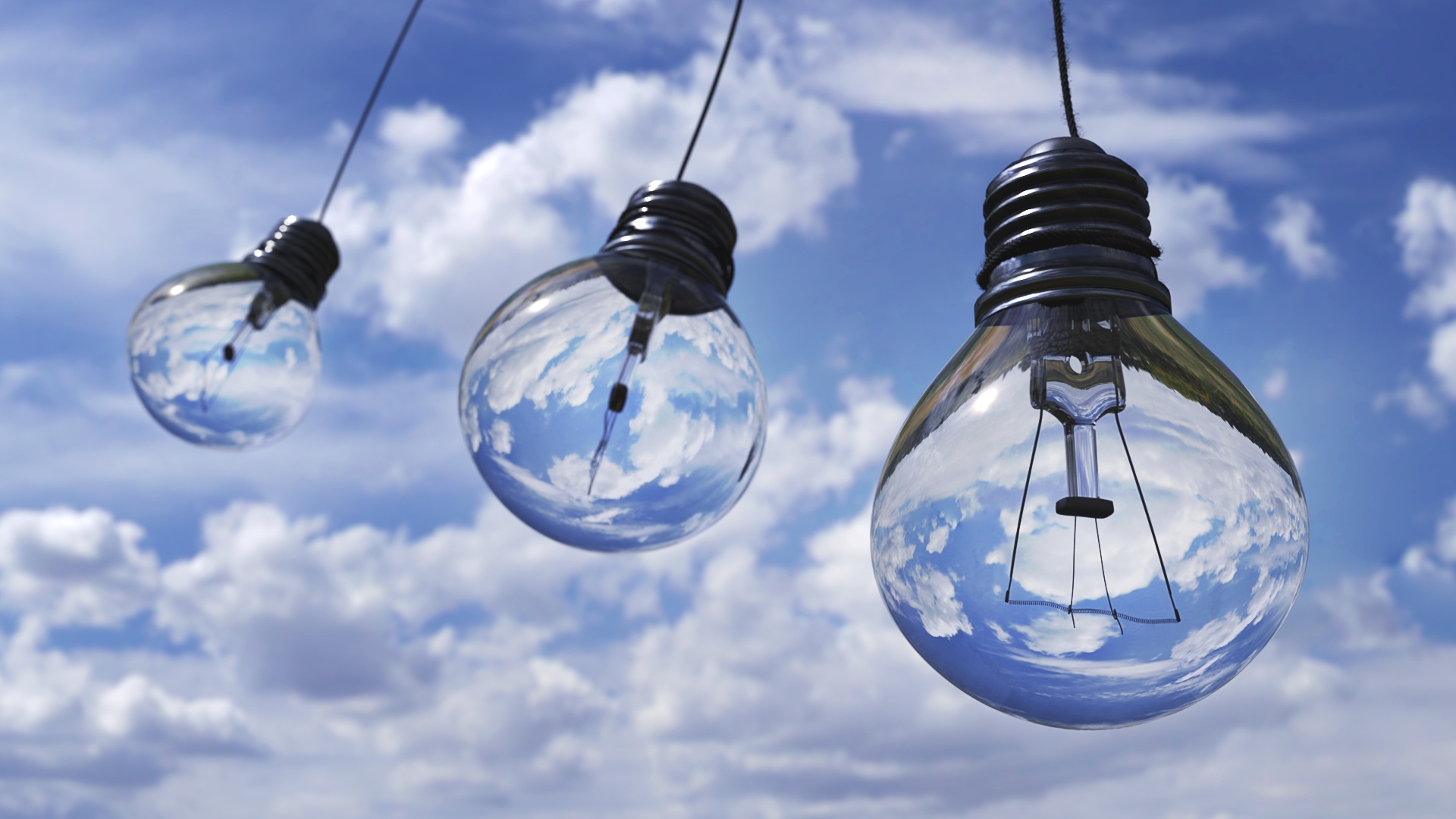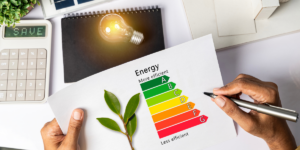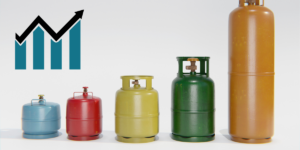Clean energy is on the rise in the United States. More people are purchasing electric vehicles and renewable energy markets are growing. While the country is making progress towards a greener future, this progress could come to a screeching halt if the electric infrastructure does not receive an overdue upgrade. With time and an increase in severe weather over the past few decades, the power grid is deteriorating. In order to sustain future implementation of clean energy, the infrastructure requires more than a $2 trillion investment, according to industry experts. Who is footing the bill? The answer is unclear. Government officials and utility companies must work together to identify how to move this project forward. In the meantime, you can support clean energy production and reach your sustainability goals with Emission-Free Energy Credits.
The Aging Power Grid
The Biden administration has promised to completely eliminate or offset carbon emissions in the power sector by 2035. While this is over a decade away, implementing clean energy at this rate could put immense pressure on the country’s already worn power grid. First, increased adoption of electric vehicles will cause a spike in the power demand. In addition, renewable power options, such as solar and wind power, are less reliable and cannot be stored for ready use in emergency situations.
More than 140,000 miles of transmission lines would need to be replaced in order to alleviate this pressure and sustain the transition. As of 2015, the U.S. Department of Energy found that 70% of transmission lines were more than 25 years old. The lifespan of these transmission lines is dwindling due to the impacts of severe weather, making it necessary to take action soon.
Extreme Weather
Incidents of severe weather have increased in recent years, from hurricanes and wildfires to freezes and heat waves. In the past two decades, the U.S. faced 229 extreme weather events, leading to more than $1 billion in damages. In the previous two decades, from 1980 to 2001, the country only experienced 94 extreme weather events. Power grid operators have been using outdated risk models, causing them to underestimate the impacts of weather on their systems. This has led to thousands of outages across the country. The average annual outages from 2015 to 2020 doubled the average from the previous six years. Updating the weather risk models to account for the new reality would be a necessary part of the power grid overhaul. Now, the country just needs to identify who can make it happen.
Who is in Charge?
Updating and expanding the power grid is a large task that has been left unassigned. The federal government does not have the power to push this overhaul forward, leaving the investments to state and local governments. Updating the power grid would likely come with increased rates and opportunities for new companies to enter the market, causing opposition from both consumers and utility companies. This potential opposition has made politicians hesitant to move these investments forward.
Despite this, some states have taken action. Ohio lawmakers have proposed a bill that would subsidize the construction of company-owned electric vehicle charging stations for the large utility companies. If passed, the cost of this project would fall onto the consumer, regardless of whether or not they use them. The goal is to help create the necessary infrastructure for widespread electric vehicle use.
In addition, FirstEnergy has taken on the responsibility themselves by investing $7 billion in transmission system updates through 2023. These investments will help chip away at the larger project at hand, but in order to make the necessary updates, a clear leader for this project will need to be identified. As we await this overhaul, there are ways to support reliable clean energy and offset your carbon footprint.
EFECs Supporting Carbon Free Power
Nuclear energy offers the reliability and efficiency required for a carbon free energy source. Nuclear plants operate at twice the capacity factor of any other clean energy source and are practically unaffected by severe weather. In addition, nuclear power is as clean or, in some cases, cleaner than renewable energy sources. By purchasing Emission-Free Energy Credits (EFECs), your company will be investing in nuclear generation projects in either Ohio or Pennsylvania while simultaneously offsetting your carbon footprint.
Interested in learning how EFECs can help you reach your sustainability goals? Contact us today using the form below to discuss this option further.
"*" indicates required fields





